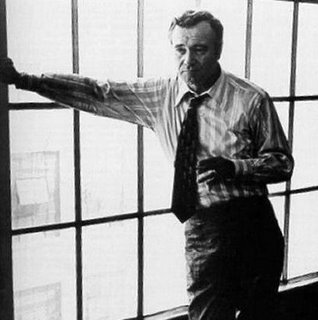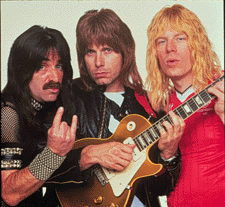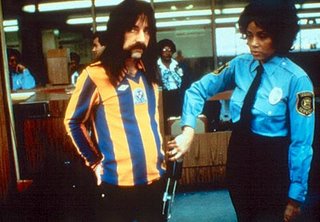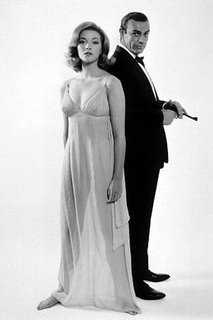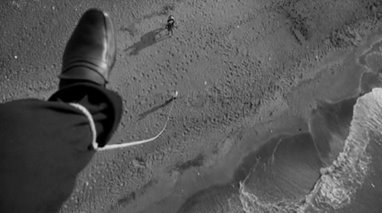It's a rather oddly constructed exercise. The first question screaming to be asked is, Why American? I wish I'd written The Red & The Black, to say nothing of Anna Karenina, Bleak House and The Brothers Karamazov. In fact I wish I'd written À la recherche du temps perdu, in the original French, even though I haven't read a word of it. (Surely my ignorance of content only adds to the trenchancy of my desire to have been its author?)
 |
| "You do know I'm gay -- don't you?" |
If that is indeed the nature of the exercise, then I have to admit my list of 10 works of fiction I wish I'd written would be predominantly American, too. Here are the stories I try to “listen” to when I write; the last two are, of necessity, in translation:
1, Paul Auster's Moon Palace (more here).
2. Flannery O'Connor's, A Good Man Is Hard To Find. “She would have been a good woman, if it had been somebody there to shoot her every minute of her life.” I'll never forget the force of those words the first time I read them. What writer doesn't strive for similar effect?
3. Jim Harrison's Julip. All three novellas are Rabelaisian comedies of a gentle sort. I suspect Harrison wrote them while easing himself out of a cocaine dependency. There is a compassion to their telling that I very much admire.
4. Ernest Hemingway, Big Two-Hearted River. For its interior sense of the exterior.
5. Nathaniel West, The Day of the Locust. While I've never been happy with its overwrought climax, I still love following West's misbehaving cretins into the ditches and canyons of Depression-Era Hollywood.
6. Madeleine L'Engle, A Wrinkle In Time. Watching Carnivàle and reading Stephen King's latest door-stopper, while pleasurable experiences, have been sharp reminders of just how profoundly subversive this woman was. With this little novel she is in a league completely her own — a destiny worth striving for, and proclaiming as boldly as possible once you're there.
7. William Gibson, Neuromancer along with Carol Shields, Swann. Both books delight in exploiting the deliberately ambiguous, but steer the craft in radically different directions.
8. Mordecai Richler, Barney's Version. Richler was remarkably assured in his point of view, and impressively sly about asserting it.
9. Bohumil Hrabl, I Served The King Of England. Evocative and immediate — deceptively so.
10. Franz Kafka, Amerika. Hallucinatory, fragmented, staggeringly incomplete — the most haunting of Kafka's novels asserts that a work needn't be “finished” to exert power over the reader.
There are other variations I've thought about exploring, including: writers who once inspired, but no longer; the dearth of Canadian content in my list, and why that is; but I'll leave it here for now, so that I can return to the business of the prairie cemetery.















